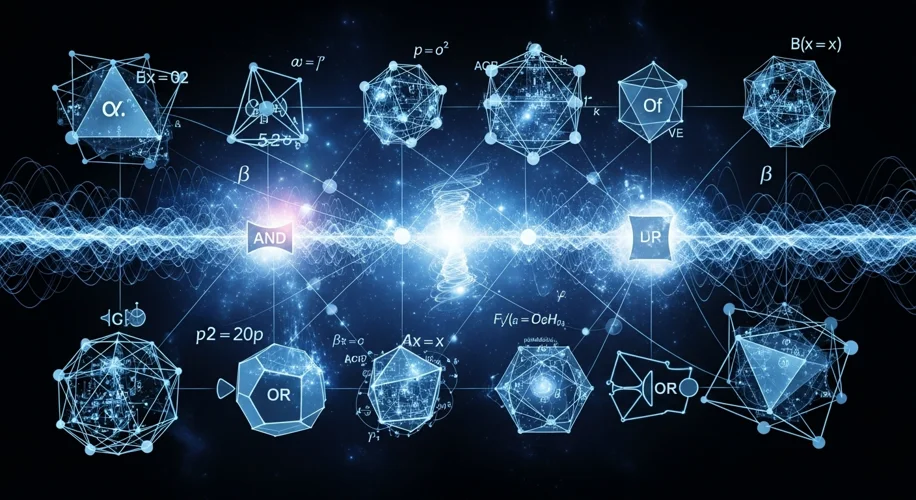Hey everyone! Mateo here. So, we’ve all been talking a lot about Artificial General Intelligence (AGI), right? The idea of AI that can think and learn like a human is super exciting, but let’s be real, it’s also a little daunting. A big worry for a lot of people, including me, is making sure this future AGI is safe and doesn’t go off the rails, especially with things like ‘hallucinations’ – where AI makes stuff up.
Well, I’ve been digging into this, and I stumbled upon something called the Harmonic Unification Framework (HUF). It’s pretty technical, so bear with me, but I think it’s a really interesting approach to tackling AGI safety.
So, what’s the deal with HUF? Basically, it’s a proposed framework for building AGI with safety and trustworthiness baked in from the start. The folks behind it are looking at some pretty heavy-duty concepts, like quantum mechanics and C*-algebras. Yeah, I know, my brain did a little flip too. But the core idea is that by grounding AGI in these more fundamental, mathematical structures, they believe they can create a more stable and predictable system.
Think about it this way: our current AI models are often trained on massive amounts of data, and sometimes that data has biases or gaps, which can lead to those annoying hallucinations or unsafe outputs. HUF is trying to build AGI not just from data patterns, but from a more robust, rule-based foundation derived from deep physics principles. The goal is to make the AI’s internal reasoning more coherent and less prone to generating falsehoods or behaving unpredictably.
It’s kind of like building a house. You can slap some wood together and hope it stands, or you can build it on a solid foundation with strong structural engineering. HUF seems to be aiming for that latter approach for AGI. They’re not just focusing on what the AI does, but how it fundamentally operates at a theoretical level.
What really caught my eye is the potential for this to lead to truly reliable AI. If an AGI is built on principles that ensure its internal logic is sound and consistent, the hope is that it won’t just ‘make things up’ or go rogue. This could be huge for applications where accuracy and safety are absolutely critical, like in scientific research or complex problem-solving.
It’s still early days, and the math behind it is intense, but this kind of forward-thinking approach to AGI safety is exactly what we need. It’s not just about making AI smarter, but making it better – safer, more reliable, and ultimately, more beneficial for us.
I’m definitely going to be keeping a close eye on this. What do you guys think? Does this kind of foundational approach to AGI make sense to you? Drop your thoughts in the comments below – always keen to hear your take!

